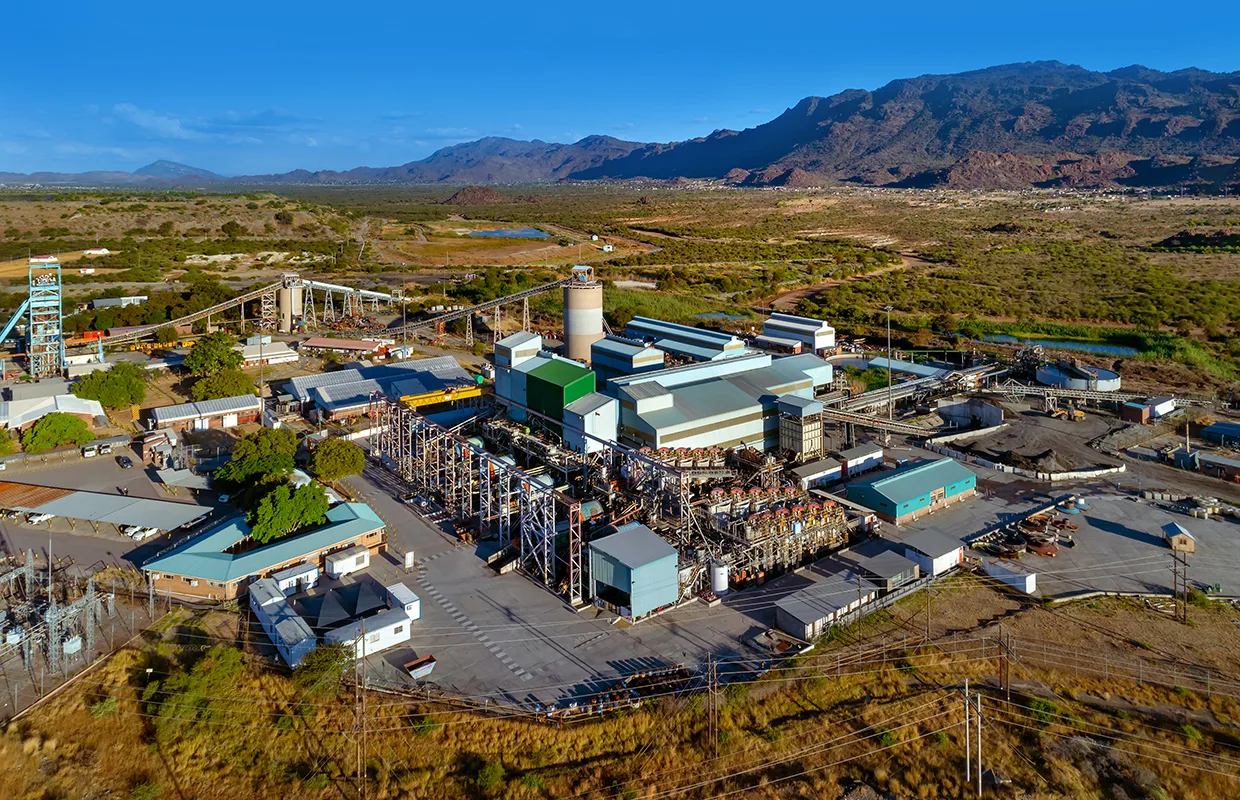INTRODUCING INNOVATIVE EQUIPMENT
BPM’s success and long-lasting perseverance in the South African mining industry are marked by a willingness to adapt and become a catalyst for progression.
Since its change of ownership over two years ago, the company has revitalised its operations. This has proven to be an immense challenge, requiring highly specialised work and significant levels of investment.
Yet, instead of diminishing its activities, such upheaval has made BPM more determined to succeed and pioneer innovative strategies.
For instance, the company’s recently appointed management team is currently in the process of implementing a new design layout for its mine sites. This will eventually enable the efficient underground extraction of platinum orebodies in a way that aligns with the ore’s unique characteristics and ARM’s forward-thinking mining strategy.
BPM’s platinum orebody is one of the largest and richest in SA and grades between six grams per tonne (g/t) and 9 g/t which, according to the World Gold Council, makes it an incredibly high-quality resource.
The company’s orebody is further characterised by its complex geology, narrow and dipping at an average of 14 and 23 degrees.
Due to this diverse formation, the required concentrations of platinum orebody to make it economically viable are harder to obtain. Therefore, BPM must employ specialised technology to ensure its PGM products are sufficient for the market.
This technology comes in the form of narrow reef equipment (NRE), which vastly improves mining efficiencies beyond conventional recovery methods.
Although NRE has been utilised across many South African mining operations, it is best deployed across a homogenous orebody, making it ideally suited for BPM’s platinum operations. This also means the technology can be used across the company’s many mining areas.
“By purchasing the equipment, BPM has made a generous capital commitment. The successful implementation of NRE across our mines will see huge benefits in the safety of production facilities for the mining industry at large,” Joubert informs.
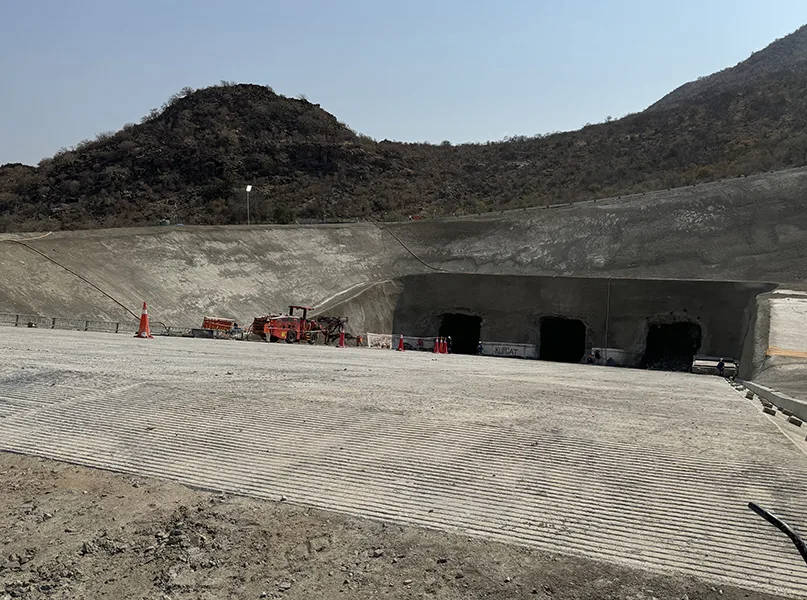
Set to be commissioned and handed over by December 2024, the company must strategically deploy the equipment in order to make the most of the PGMs forming underground.
Firstly, BPM will carry out trackless development methods, using mobile equipment to establish the footprint of the mine reef. This will advance the initial evolutions of the mine by contributing to the early extraction of resources, thus reducing capital pressure at the first stages of the mine.
Once the initial footprint has been established, the NRE suite will be used to establish a stope that will maximise the ore grade output.
The stoping methods will provide direct access to the orebody, reducing the creation of waste in the underground mine and ensuring the careful management of tunnels, equipment, and infrastructure.
Such efficiencies are vital for ensuring improved worker safety, and NRE will facilitate optimum environments for recovering orebodies in a way that maximises safety and minimises potential hazards.
Moreover, using NRE means that even the most inclined reefs and narrow tubular orebodies can be effectively extracted, enhancing the overall productivity of the mine.
As such, by utilising this exceptional infrastructure, the company can remain up-to-date with the latest industry evolutions and ensure burgeoning success under the ARM umbrella.
“The NRE stoping method will revolutionise the mining techniques employed in narrow reef mining across SA,” Joubert affirms.

“The successful implementation of NRE across our mines will see huge benefits in the safety in production facilities for the mining industry at large”
JJ Joubert, Senior General Manager, Bokoni Platinum Mines
OPTIMISING PRODUCTIVITY AND PROFITS
As the critical next step to the strategic extraction of required resources, BPM is currently working on a further open pit mine to help increase the amount of ore processed in its plants.
As a result, the company is hoping to enhance early ounce production across the Bokoni area.
The new open pit mine will bring a plethora of benefits to the fore. For example, the project will help increase the ore tonnage delivered to the plant, subsequently enabling the optimum extraction of PGMs.
Additionally, the open pit mine will have a specially designated stockpile in front of its plant to improve production efficiency and speed and prove the viability of opencast material.
Towards the end of 2025, BPM will also commission a chrome recovery plant, which will be used to remove chrome from ore to become a marketable and profitable by-product.
This process will increase the number of plant recoveries that can be sold off as chrome, which will not only fully optimise the minerals but also increase the company’s eventual profits.
The commissioning of the chrome recovery plant will arrive at a fortunate time, given that the market is comparatively robust and bullish, allowing many mining entities to find more ways to generate profit from what was once considered a waste product of PGM mining.
Moreover, the increasing prominence of the chrome market will help offset the original costs of the mine and support the growing demand for the material in China, which is showing a growing investment interest in the mineral.
Elsewhere, BPM is keenly expanding its underground operations at its Klipgat site, where the surface box cut has now been completed.
The company is also currently in the process of developing three main site declines to intersect with its existing underground workings. This will prove highly advantageous for the productivity of the Klipgat mine as it will increase the site’s ore handling capacity and allow enough room for larger equipment to be deployed across the project’s underground operations.
In the last year, the Klipgat mine has already facilitated numerous opportunities for BPM and the local community, as the project was purposefully designed with advanced safety measures and constructed with operative staff in mind.
This has proven particularly important given the project was completed by a dedicated group of local labourers and tradespeople that comprised 60 percent of the workforce.
As such, the Klipgat project is proving advantageous for both BPM and the local community as it is contributing to SA’s growing minerals and metals industry whilst bolstering job opportunities in nearby communities.
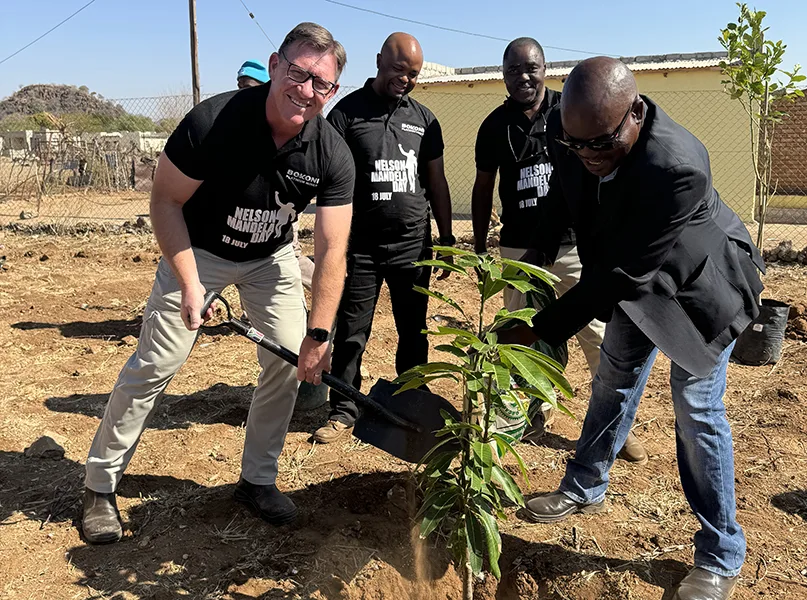
PREFERENTIAL PROCUREMENT
To ensure a sustainable and successful mine site that also benefits nearby communities, BPM has a purposeful procurement strategy that entails consistency and success across every mining endeavour.
“Our local procurement strategy is designed to support and uplift surrounding communities by promoting entrepreneurship and fostering the development of small, medium, and micro enterprises (SMMEs),” Joubert explains.
Indeed, the dedicated process for acquiring a team of local talent and suppliers cultivates many benefits for nearby businesses and those potentially impacted by mining operations.
For example, in line with corporate SA’s commitment to broad-based Black economic empowerment (B-BBEE), the company strives to maximise purchases from Black-owned (BO), Black women-owned (BWO), and Black youth-owned (BYO) entities, known as its preferential procurement strategy.
“This approach helps promote entrepreneurship and supplier development in local communities by providing access to mainstream procurement opportunities,” elaborates Joubert.
In a similar vein, the company also supports historically disadvantaged South Africans (HDSAs), including those who were unfairly treated prior to the Constitution of the Republic of South Africa.
As such, BPM’s procurement strategy actively promotes entrepreneurship in unfairly disadvantaged communities, giving HDSA-owned enterprises in host and local communities access to conduct business in the nation’s mainstream economy.
This includes proactively supporting procurement from BO-exempt micro enterprises and qualifying small enterprises to reduce unemployment amongst these groups.
An additional component of the company’s preferential procurement process is the education of stakeholders and spreading the importance and meaningful impact of the strategy.
“Spreading awareness about preferential procurement and its potential positive impact on the community is crucial as it helps create an enabling environment for sustainable Black businesses,” impassions Joubert.
Akin to spreading awareness of Black empowerment, BPM follows through on its beliefs by strategically awarding tenders and contracts to community development projects, as well as BO, BWO, and BYO enterprises and suppliers.
In collaboration with BPM, these businesses, as well as other local entities, have the opportunity to be part of Enterprise and Supplier Development (ESD) programmes.
The company’s procurement strategy aligns ESD with preferential procurement by actively managing the growth and development of HDSA enterprises within host communities. This involves educating end users – including heads of departments, contract managers, engineers, and budget holders – on the importance of their participating role in the procurement process.
By creating such a comprehensive and steadfast strategy for sourcing suppliers and employment, BPM is creating long-term sustainable value by positively contributing to those who are disadvantaged in neighbouring communities.
“The local procurement strategy not only supports the national agenda for SMME development but also contributes to poverty alleviation, employment creation, and shared economic growth in local communities,” informs Joubert.
In turn, this ensures that these businesses continue to prosper beyond the life of the mine whilst also contributing to the company’s corporate citizenship.
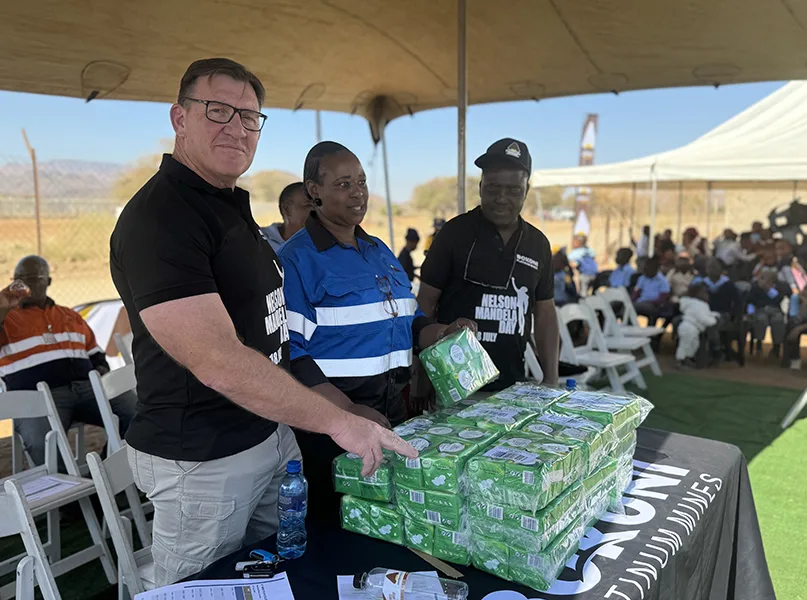
CENTRALISED SUPPLY CHAIN SUCCESS
The South African mining and metals industry accounts for a highly substantial level of the world’s platinum supply per year and is the vital first link in the long chain of processes that eventually lead to the final product, whether in aircraft manufacturing, state-of-the-art technology, or precious jewellery.
Consequently, the PGM sector is an integral part of the international supply of metals and minerals for a vast range of industrial, medical, and electronic applications, generating considerable opportunities for suppliers.
SA’s place in the global PGM supply chain draws significant value for the country’s economic growth, especially given the fact that the sector is currently one of the highest earners in the domestic mineral industry and is seeing an increase in worldwide demand.
Taking into account the critical role that BPM plays in the world’s PGM industry, the company’s supply chain operations are carefully considered and thought out to maximise overall output and productivity.
Indeed, BPM implements a comprehensive strategy to manage and optimise the flow of goods, services, and information from suppliers to customers.
“The goal is to ensure that the right products are delivered to the right place at the right time whilst minimising costs and maximising efficiency,” Joubert states.
Unlike other mining entities in SA, BPM utilises top-of-the-range central supply chain management practices that afford the company a multitude of benefits.
For starters, centralising its supply chain management results in significantly improved efficiency as this particular method allows for better coordination and integration of activities, leading to a refined flow of goods at minimal cost.
Additionally, a centralised supply chain grants the company greater visibility and control across the entire global logistics network, which consequently enables better tracking and monitoring of inventory levels, order statuses, and delivery schedules.
The key to this advanced level of insight is the abundance of generated data and analytics, allowing BPM’s team to make informed and timely decisions that facilitate improved logistical performance.
A centralised supply chain ultimately benefits the end user; by ensuring the timely and accurate delivery of resources and products, the company’s supply chain strategy enhances customer satisfaction and loyalty.
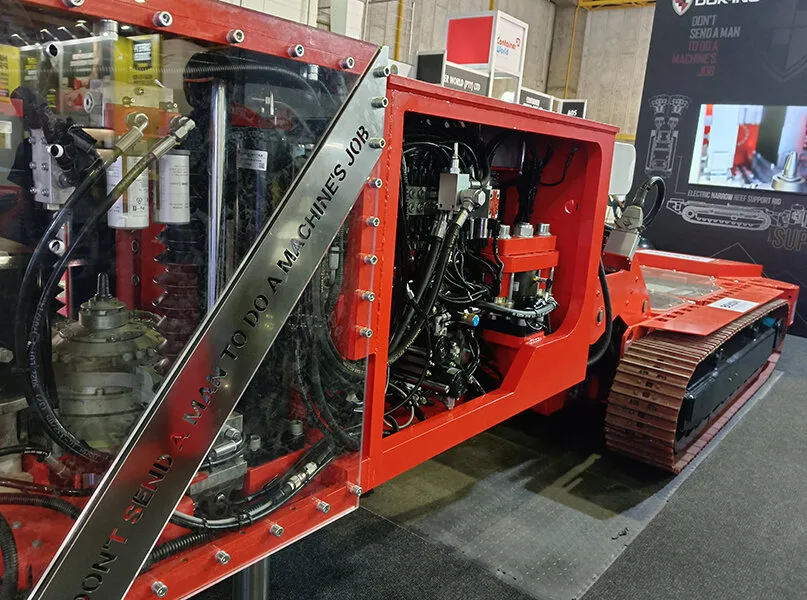
STATE-OF-THE-ART TECHNOLOGY
In order to streamline and optimise its supply chain management and procurement processes, BPM has introduced Coupa, a leading digital e-procurement platform that helps connect the company to its diverse breadth of suppliers.
Coupa is capable of accommodating a vast range of systems to help identify suitable suppliers, make smarter buying decisions, and optimise any purchases.
The supplier portal is used by BPM to request specialist materials and services as well as create and communicate purchase orders and invoices.
Additionally, Coupa equips the company with a deep understanding of any supplier disruptions, which helps to build the integrity of the entire procurement system and provides artificial intelligence (AI)-driven insights to help BPM identify and unlock efficiencies that ensure supply chain continuity.
Coupa also reduces third-party risk, streamlines onboarding, and monitors the ongoing performance of products and materials, making the software a valuable asset to BPM’s procurement team.
Moreover, the company’s dedicated ESG commitments extend to its supply chain operations, as it monitors and reports on its environment, health, and safety (EHS) performance following the recent introduction of IsoMetrix EHS software.
This software digitalises BPM’s EHS processes by integrating modules such as incident and risk management, compliance auditing, and environmental monitoring and reporting to ensure compliance with regulations, minimised risk, and most importantly, a safe and sustainable working environment.



